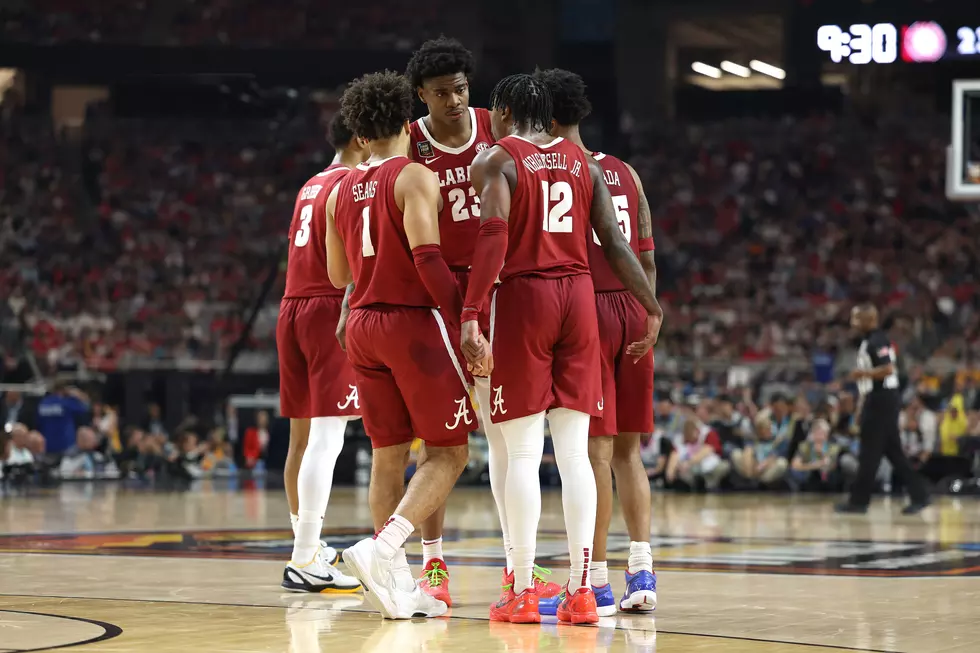
Searching for Answers: Mysteries of the NCAA Selection Committee
We don’t live in a perfect world. Life isn’t always fair. Not everything makes sense.
We always hear those expressions and many more in everyday life. So it doesn’t really come as a surprise that a group of people tasked with drafting a bracket for the NCAA Championship could screw up said bracket in a few places.
The selection committee, which changes year-by-year, is given a set of guidelines from the NCAA to select 16 national seeds. Those seeds are given the opportunity to host a regional and the top eight seeds – if they win their regional – get to host a super regional for a chance to advance to the Women’s College World Series. There are a handful of guidelines given to the selection committee, but at the top of that list – mainly because it takes into account most of the other guidelines – is the Ratings Percentage Index, more commonly referred to as the RPI.
Softball is one of nine sports in the NCAA that utilizes RPI for selection purposes when it comes to NCAA Tournament seeding and plays a large roll in baseball and softball because of the way the tournament is set up for both sports, having sixteen host sites for the first round of the tournament.
Is the RPI the perfect formula to determine who the best team in the country is? Maybe not, but in the last four years of the NCAA Division I Softball Tournament, the national champion has been ranked fifth or higher in the selection RPI. So it is fair to say, it is doing the job it is intended to do.
As we all know polls have a tendency to be biased and in a sport like softball – where the vast majority of the voters in either poll do not even get a chance to watch more than a few games a weekend – it is an unreliable source to judge a team.
Like it or not, the RPI sets the standard for the selection committee when it comes to awarding national seeds and at large bids to the tournament.
For the most part the NCAA Selection Committee sticks to that standard. Since 2009 the average national seed has been a team placed within one and a half spots of its RPI at the time of selection.
The RPI is not perfect though. Seeing as there is not a way for a computer to see how a team is actually playing, there should be some room for humans to make adjustments and that is why we have a selection committee. As there are a few other factors that go into the selection process that are not addressed by the RPI, it explains why a committee would move a team two or three spots above or below its RPI and that happens pretty regularly – 53-percent of the time from 2009 through 2012 to be exact. The moves make sense for the most part when you look at it and even if they don’t, they are so minor they don’t have much of an effect.
There are a rare number of times though when flags pop up. When the committee goes rogue so to speak and wonders away from the RPI, rewarding or penalizing a team a little too much. 17-percent of the national seeds over the past four years have been seeded four spots above or below their RPI at selection and that number drops down to just nine-percent for teams seeded five or more spots above or below their RPI.
In looking back at these occurrences dating back to 2009, it was hard to find a logical explanation in most of the dramatic moves. Last season for example, Missouri and Georgia were both seeded five spots ahead of their RPI, while Louisville was seeded five spots below theirs. After review, the biggest reason I could find for Louisville’s drop was the lack of marquee games played (just four games against the top-25), that however is something that is already taken into account by the RPI. A fair penalty? Hard to say that it was. Neither Georgia nor Missouri had a resume that was more impressive than their RPI standing. It was hard to find much reasoning for a five-spot bump from the committee in either case.
This year there were two of those rare cases where a team was seeded five or more spots above or below their RPI and this year the changes were a bit more impactful. Arizona State became just the second team since 2009 to be seeded in the top eight with an RPI below 10. The Sun Devils were awarded the five seed with an RPI of 11. ASU did have one of the best records against top-25 teams in the country at 13-5, but again that is a stat that is already calculated into the RPI. Does it justify a six-spot jump? Hardly.
The other flag raised this year was Alabama finishing at 5th in the RPI, but seeded at 10 by the selection committee. It was just the second time since 2009 that a team was in the top-eight of the RPI at the time of selection, but was not awarded a top-eight national seed. The most logical case to drop Alabama was the end of their season. The last ten games are one of the guidelines for the committee to use and the Crimson Tide went 4-6 in those final games. Did that justify a five-spot drop? It is tough to make that argument considering the losses already factor into the RPI.
Unlike almost all of the cases over the past five years, this time when the selection committee went overboard with their rewards and penalties for Arizona State and Alabama, it put a big swing in the bracket. Most notably taking Alabama from hosting a Super Regional in Tuscaloosa to a potential road match with a conference opponent that they outscored on the road earlier this season.
Humans are always going to make mistakes and there were certainly a few mistakes made this year, as there has been every year. Is there a perfect solution? Probably not. I do think there are some steps that could be taken to prevent such dramatic shifts from happening in the future. Maybe it is a limit on the number of spots a team could be seeded away from its RPI. Maybe it is a separate committee to look at and approve or deny such moves.
I do think adding more transparency to the selection process would help. If explanations for a dramatic shift in seeding were required, I certainly think it would help resolve the issue.
Right now this is an issue that is contained mostly in the world of softball and somewhat in baseball as well, but as college football shifts to a selection committee for an even more exclusive tournament, it will be an issue that is addressed more in the public forum and it is an important one that fans should take notice of.
For now we’ll just play the games on the field and hope the human error doesn’t play a factor in the NCAA Championship Tournament.
More From Tide 100.9





